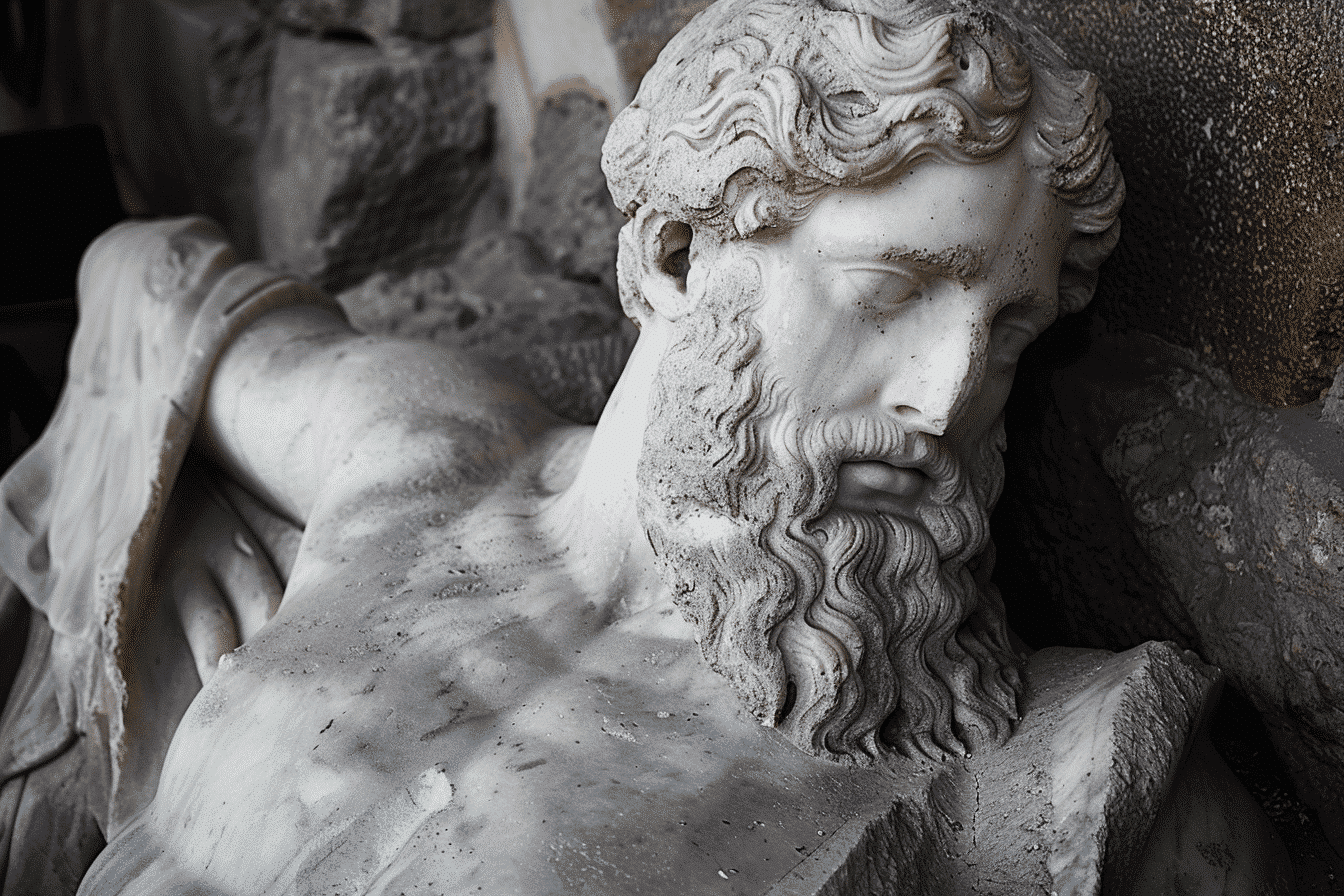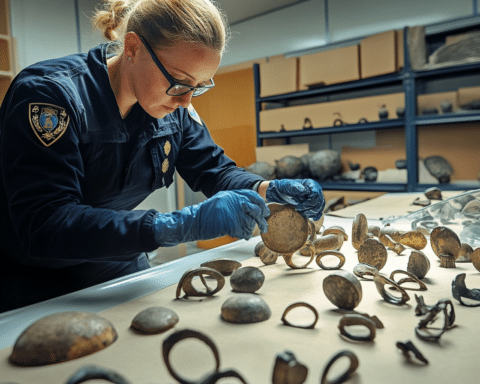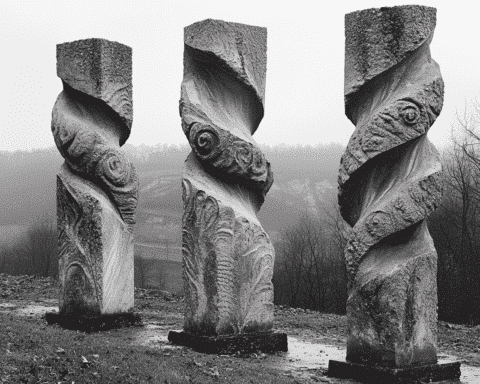This week, Bulgarian archaeologists unearthed a remarkable find while excavating an ancient Roman sewer. While digging in the historic city of Heraclea Sintica, they discovered a well-preserved marble statue of the Greek god Hermes. This unexpected treasure has shed new light on the ancient city’s history and culture.
Unearthing an Unexpected Treasure
The 6.8-foot (2-meter) tall statue was found in excellent condition thanks to its unique placement and preservation. “Its head is preserved. (It’s in a) perfect condition. There are a few fractures on the hands,” said Lyudmil Vagalinski, who led the team of archaeologists. The statue, identified as a Roman copy of an ancient Greek original, was discovered during excavation work in Heraclea Sintica, near the Greek border in southwestern Bulgaria.
The Historical Context of Heraclea Sintica
Heraclea Sintica was founded by the ancient Macedonian king Philip II of Macedon between 356 B.C. and 339 B.C. This sprawling city in the Bulgarian region of Pirin Macedonia played a significant role in the ancient world. However, it faced a major catastrophe around A.D. 388 when an earthquake devastated the city. The quake led to substantial changes in the city’s landscape and decline.
The Preservation of Pagan Artifacts
Following the earthquake, the statue of Hermes was carefully placed in the sewers and covered with soil, explaining its remarkable preservation. Despite the rise of Christianity as the official religion in the Roman Empire, the inhabitants of Heraclea Sintica tried to preserve their pagan heritage. “Everything pagan was forbidden, and they have joined the new ideology, but they took care of their old deities,” Vagalinski explained. This act of preservation highlights the cultural and religious transitions of the time.
The Decline and Abandonment of Heraclea Sintica
After the earthquake, Heraclea Sintica entered a period of rapid decline. By around A.D. 500, the city was abandoned entirely. The recent discovery of the Hermes statue provides a glimpse into the city’s past and people’s efforts to protect their cultural heritage, even in changing religious and social norms.
The discovery of the Hermes statue in an ancient Roman sewer is a testament to the rich history and cultural heritage of Heraclea Sintica. As archaeologists continue to uncover more about this ancient city, the statue serves as a reminder of its people’s enduring legacy. Stay connected with us for more updates on such fascinating archaeological finds.




